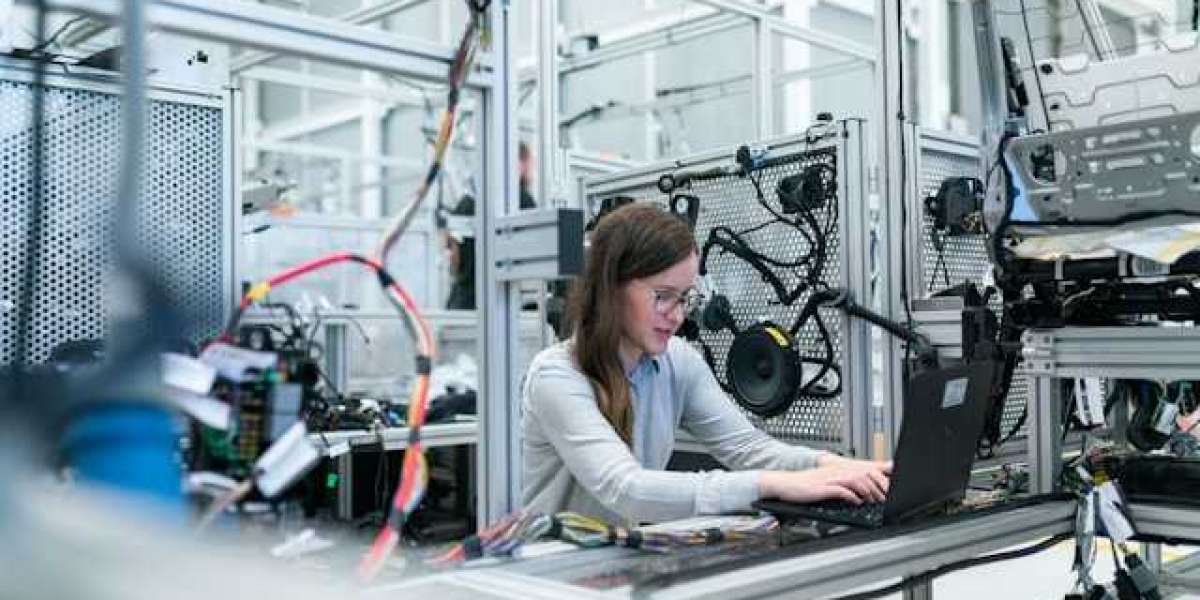When it comes to business, first impressions count. While you might focus on crafting the perfect pitch or designing a striking logo, there's an often-overlooked element that speaks volumes about your company: your corporate office interior design. From the moment clients or employees walk through the door, your office silently communicates your brand values, culture, and professionalism. In many ways, it acts as your silent business card—a visual and experiential representation of who you are.
The Power of First Impressions
Imagine walking into an office with dim lighting, mismatched furniture, and cluttered spaces. It would likely leave you questioning the organization’s attention to detail and professionalism. Conversely, a well-designed office with thoughtful aesthetics, ergonomic furniture, and modern amenities signals success, efficiency, and care for the people within its walls.
Your corporate office interior design can influence how clients and employees perceive your brand. A sleek, modern office suggests innovation, while a cozy, warm environment may indicate a focus on collaboration and community. The design elements you choose should align with your company’s identity to make a lasting impression.
Office Design Reflects Brand Identity
Every business has a unique story and values, and your office should reflect that. Just as a business card offers key details about your company, the interior design of your workspace provides a narrative about your brand.
- Color Schemes: The colors in your office can evoke specific emotions and align with your branding. For example, blues and greys suggest professionalism and trust, while vibrant colors like orange or yellow convey energy and creativity.
- Furniture Choices: Minimalist furniture might reflect a tech-savvy startup, whereas rich wooden furniture may highlight tradition and luxury.
- Decor and Artwork: Custom wall art, branded signage, or even quirky decorative elements can subtly remind visitors of your company’s mission and values.
A cohesive design ensures that your office is more than just a functional space—it becomes a physical embodiment of your brand.
Employee Well-being: A Design Priority
A silent business card doesn’t just impress clients; it speaks volumes to your employees. A thoughtfully designed workspace fosters productivity, collaboration, and job satisfaction. Factors such as lighting, air quality, and layout all play a role in ensuring your team feels motivated and comfortable.
For example, open-plan designs encourage collaboration, while private breakout rooms provide spaces for focused work. Including ergonomic furniture and biophilic design elements—such as plants or natural light—can reduce stress and boost creativity. This balance of form and function showcases that your corporate office interior design prioritizes both aesthetics and the well-being of its occupants.
Why Design Drives Business Success
Investing in a standout office design isn’t just about aesthetics—it can also drive measurable business outcomes. Here’s how:
- Client Trust and Loyalty: A professional and polished office builds credibility, making it easier to win clients' trust.
- Talent Attraction and Retention: Today’s workforce values workspaces that enhance their experience. An inspiring and functional office can give your company an edge in recruiting and retaining top talent.
- Brand Awareness: Clients, employees, and visitors will remember and talk about a distinctive office design, increasing brand visibility.
- Productivity Boost: A well-organized and comfortable space empowers employees to perform at their best, improving overall business efficiency.
Trends in Corporate Office Interior Design
To stay competitive, consider integrating modern trends into your office design:
- Sustainability: Eco-friendly materials, energy-efficient lighting, and sustainable furniture are now staples of thoughtful office design.
- Smart Technology: From smart lighting systems to adjustable desks, technology-driven elements enhance the workplace experience.
- Flexible Spaces: Modular furniture and multi-use areas accommodate various needs, from team huddles to solo work sessions.
- Biophilic Elements: Incorporating greenery, natural materials, and ample daylight creates a calming and refreshing environment.
These trends not only elevate your corporate office interior design but also ensure your business stays ahead in showcasing innovation and adaptability.
Conclusion
Your office design is more than just walls and furniture—it’s a silent business card that tells the world who you are. By investing in a cohesive, functional, and inspiring corporate office interior design, you create an environment that reflects your brand identity, fosters employee satisfaction, and impresses clients.
In today’s competitive landscape, your workspace speaks volumes. Make sure it’s saying the right things about your business.








